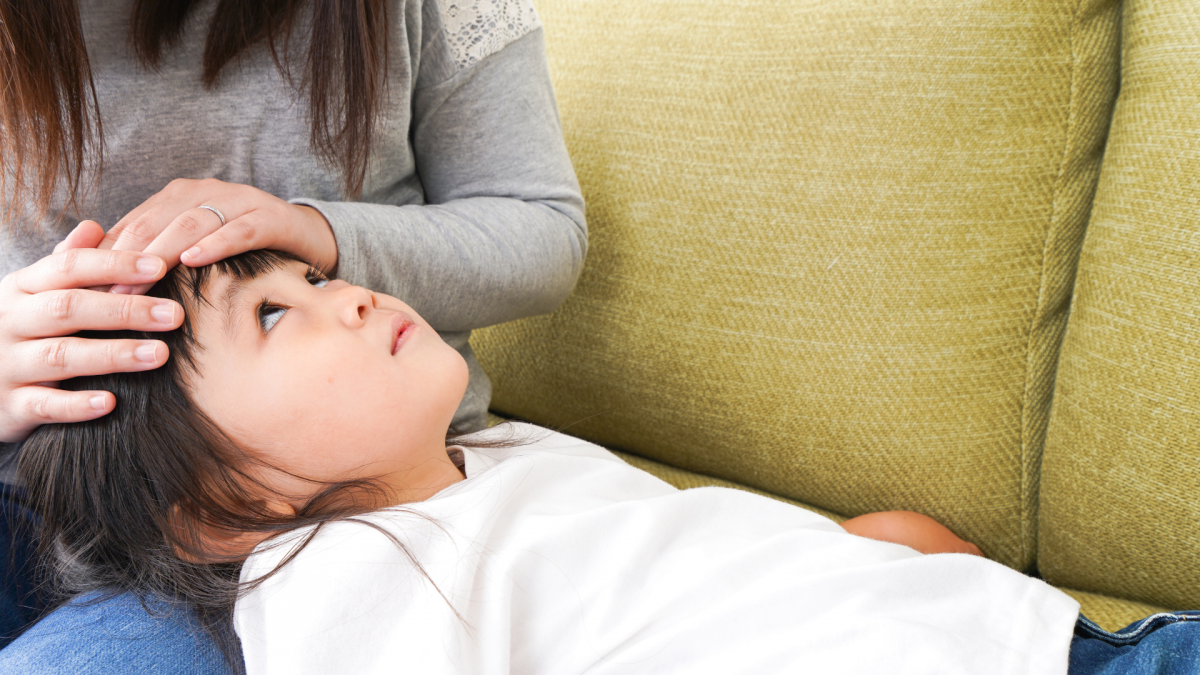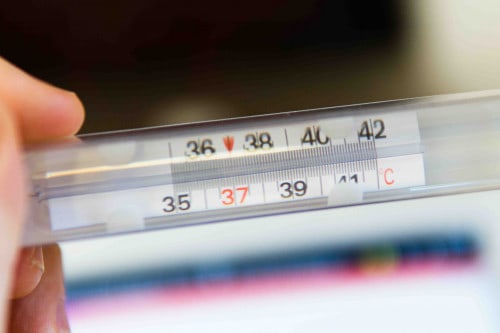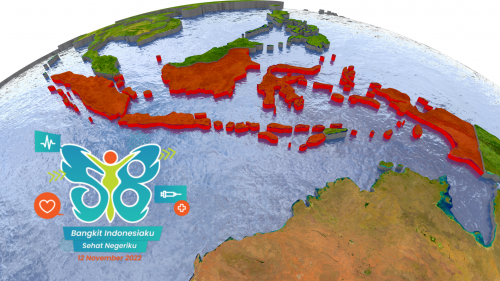Typhoid fever is a life-threatening infection caused by the bacterium Salmonella Typhi. It is usually spread through contaminated food or water. Symptoms include prolonged high fever, fatigue, headache, nausea, abdominal pain, and constipation or diarrhoea. Severe cases may lead to serious complications or even death.
Typhoid fever is a serious and sometimes life-threatening infection. It mostly affects people in developing countries, where sanitation is poor and getting clean water is a problem. Typhoid fever is caused by bacteria called Salmonella typhi (S. typhi). They typically live in humans and are shed through a person's feces or urine.
The infection happens when a person eats or drinks something contaminated with the bacteria. When the bacteria get into the body, they quickly multiply and spread into the bloodstream.
People usually get typhoid fever by drinking beverages or eating food that has been handled by someone who has typhoid fever or is a carrier of the illness. Those infected also can pass the disease to others directly (for example, by touching them with unwashed hands). People also get the illness by drinking water that is contaminated by sewage.
RISK FACTORS
Improved living conditions and the introduction of antibiotics resulted in a drastic reduction of typhoid fever morbidity and mortality in industrialized countries. However, the disease continues to be a public health problem in many developing areas of the WHO African, Eastern Mediterranean, South-East Asia, and Western Pacific Regions.
Typhoid risk is higher in populations that lack access to safe water and adequate sanitation, and children are at highest risk.
Children may be at higher risk of infection if they travel in a country where the fever is common. Having close contact with an infected person increases chances of infection. Children with weak immune systems are also at a greater risk of getting sick.
TYPHOID IN CHILDREN
If typhoid fever occurs in a children, Signs and symptoms may be appear about seven to 14 days after catching the disease. Some children may not become sick for as long as two months after exposure. Signs and symptoms of typhoid fever may include:
- A persistent fever that rises gradually to 39°C to 40°C
- A headache
- A sore throat
- Tiredness
- Stomach pain
- Constipation
- Diarrhea
- A temporary rash with raised pink spots on the stomach or chest
If children showing symptoms of typhoid fever, take them to a doctor right away. Left untreated, typhoid fever can lead to severe illness, even death.
To diagnose typhoid fever, doctors check the symptoms and ask about their medical history and recent travels. Typhoid fever can be confirmed through blood testing. They will take a sample of stool, urine, or blood and test it for the disease.
When treated, the symptoms usually subside several days after the start of antibiotics. The children also must drink plenty of fluids to prevent dehydration. If the children who gets severely dehydrated due to diarrhea might need to get IV (intravenous) fluids in a hospital or other medical care facility.
EFFECTIVE PREVENTION
Typhoid fever is common in places with poor sanitation and a lack of safe drinking water. Access to safe water and adequate sanitation, hygiene among food handlers and vaccination, are all effective in preventing typhoid fever.
If you are travelling to one of the countries where the rates of typhoid are high, talk to your doctor about immunisation for your child before you go. Typhoid immunisation is only for children over 12 months.
All travellers to endemic areas are at potential risk of typhoid fever, although the risk is generally low in tourist and business centres where standards of accommodation, sanitation and food hygiene are high.
The following recommendations will help ensure safety while travelling, especially for children:
- Ensure food is properly cooked and still hot when served.
- Avoid raw milk and products made from raw milk. Drink only pasteurized or boiled milk.
- Avoid ice unless it is made from safe water.
- Wash hands thoroughly and frequently using soap, after contact with pets or farm animals, or after having been to the toilet.
- Wash fruits and vegetables carefully, particularly if they are eaten raw. If possible, vegetables and fruits should be peeled.
References:
- AboutKidsHealth. Typhoid Fever.
- Centers for Disease Control and Prevention. (2018). Typhoid Fever and Paratyphoid Fever
- KidsHealth. (2022). Typhoid Fever
- World Organization Health. (2023). Typhoid







